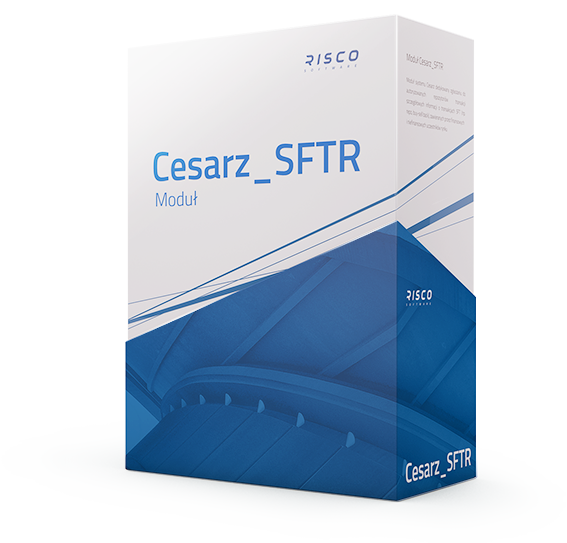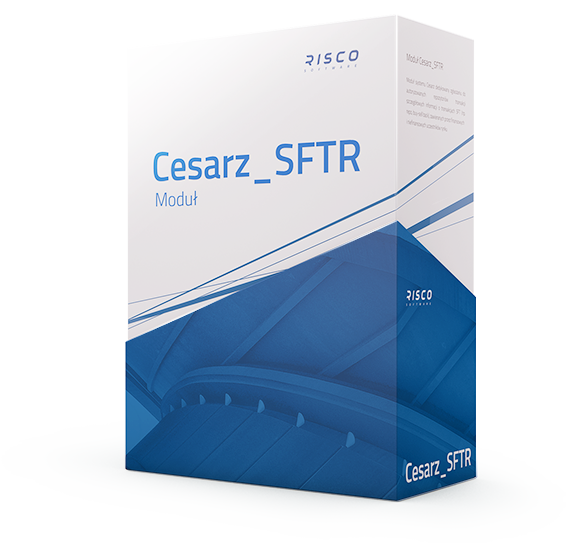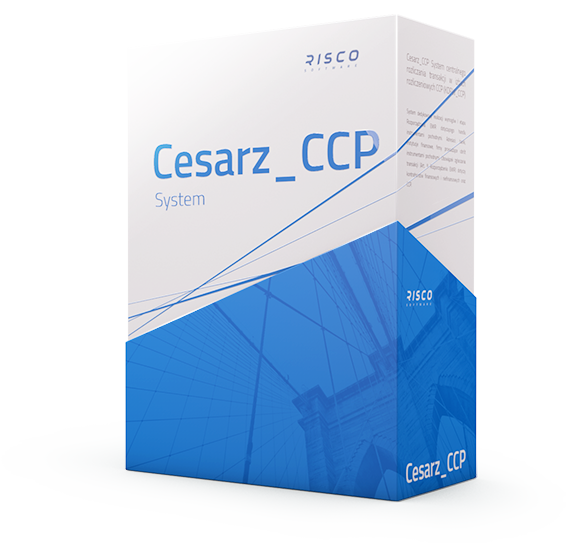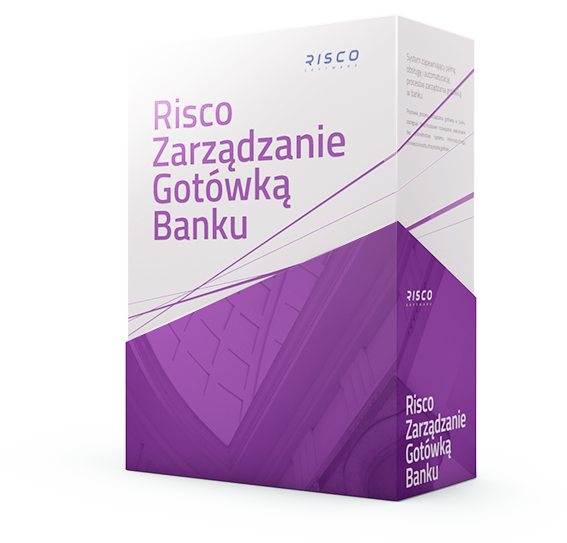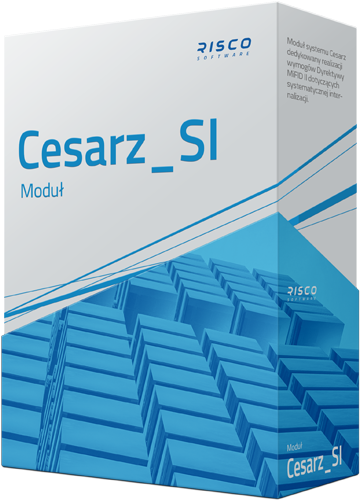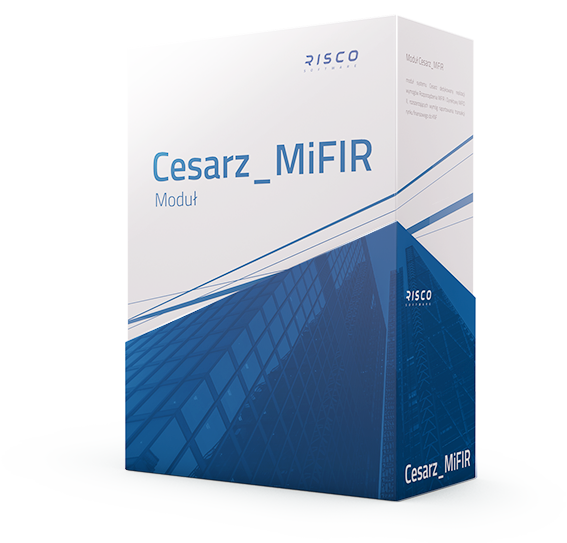SFT transactions haven’t been so far subjected to reporting. That is why information in the transaction systems and back-office concerning them are often not verified in terms of information standards.
The report has to be formatted in accordance with the SFTR requirements; it will not be possible to send an e.g. csv. file to the repository.
The reporting standards forsee a different set of fields for each of the four kinds of transactions. Additionally, some types of actions will require separate reporting tables.
A lot of the information that is to be reported hasn’t been aggregated or identified by the systems. For instance, the regulation imposes monitoring of the securities reuse and reporting of securities ratings.
In the case of securities reuse, it will be necessary to allocate securities in use to the ones acquired in by an SFT transaction.
The scope of reporting covers newly conducted transactions, as well as some transactions conducted prior to the regulation coming into force (so-called backloading).
Given report tables, corresponding with various elements of a transaction (securities, reuse etc.) will, in most cases, be reported independently. This implies a necessity to generate a few reports for the duration of one transaction.
The requirement will affect entities, which so far haven’t been conducting any similar processes.


